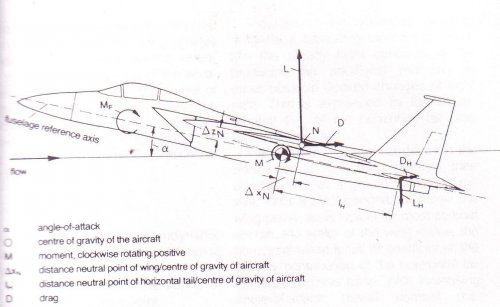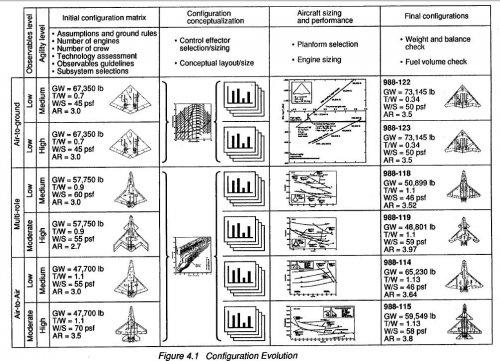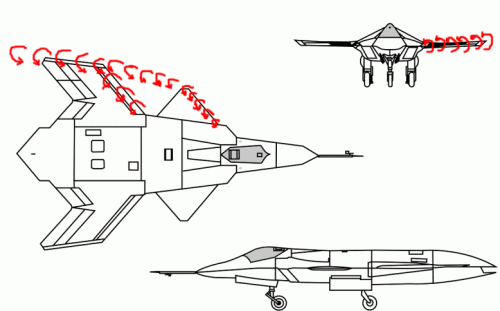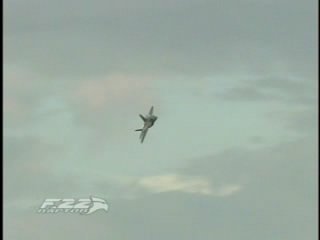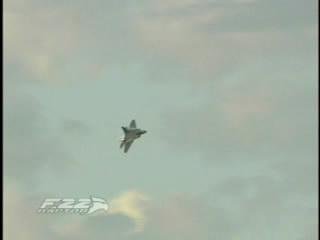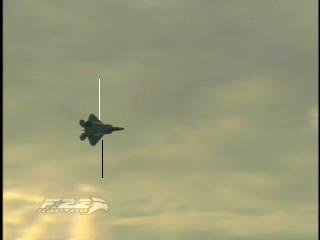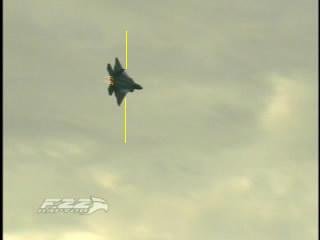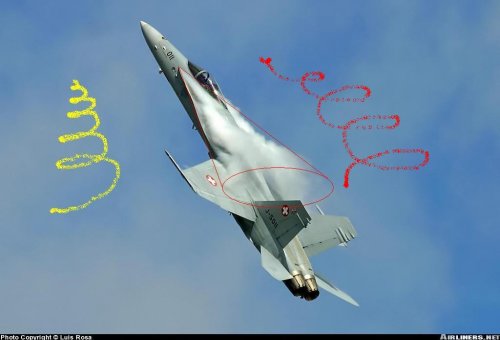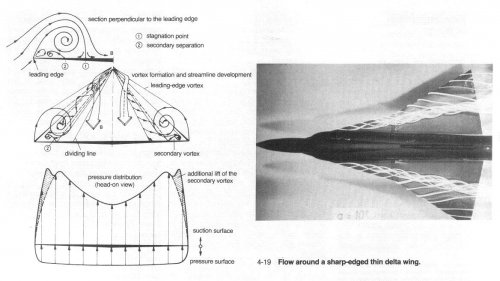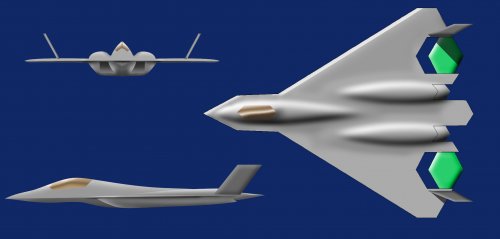lantinian
ACCESS: Top Secret
- Joined
- 24 March 2007
- Messages
- 539
- Reaction score
- 174
When I saw the picture of F-15's CG/Lift diagram by rousseau, I went like: Way the ...?
How can someone pretend to analyze an aircraft if he gets the CG and the Lift mixed.
Ogami musashi is right. If a lot more to it than simply Flight dynamics.
If you (rousseau) have checked the first pages of this tread you would have noticed that me and Woody
went into the trouble of preparing a much more accurate and interesting diagrams than yours.
I had started to make the a diagram for all types of configurations and for all speeds when I realised what Ogami musashi just said. While flight dynamics are important, Aerodynamics are even more important.
Thanks! I do not think I need to hear this truth. Looking at how you draw diagrams, I wander if the rest
of your post are of the same quality.
Even if canards were better than tails in every aerodynamic scenario (which they are not) there are still other factors that would have weighted in favour of the tails.
Of the 7 ATF proposals only 1 had canards and it was placed last.
Of the 3 JSF proposals none had canards.
The latest SU-35BM variant does not have canards any more.
I am allmost confused that the new Russian fighter Pak-fa will also be canardless.
Most if not all new fighter that reached production designed after the X-29 do not have canards.
So I will just like to quote one General Dynamics engineer. "The only place for the canards is on somebody Else's aeroplane"
lantinian
P.S. I do like canards, just like Boeing apparently:
http://ntrs.nasa.gov/archive/nasa/casi.ntrs.nasa.gov/19960000737_1996900737.pdf
see page 58 is the attached image
How can someone pretend to analyze an aircraft if he gets the CG and the Lift mixed.
Ogami musashi is right. If a lot more to it than simply Flight dynamics.
If you (rousseau) have checked the first pages of this tread you would have noticed that me and Woody
went into the trouble of preparing a much more accurate and interesting diagrams than yours.
I had started to make the a diagram for all types of configurations and for all speeds when I realised what Ogami musashi just said. While flight dynamics are important, Aerodynamics are even more important.
Yes, this IS not appropriate to compare canard with horizontal tail, but someone go anywhere emphasis how better the conventional layout is than canard, I have to tell out the truth.
Thanks! I do not think I need to hear this truth. Looking at how you draw diagrams, I wander if the rest
of your post are of the same quality.
Even if canards were better than tails in every aerodynamic scenario (which they are not) there are still other factors that would have weighted in favour of the tails.
Of the 7 ATF proposals only 1 had canards and it was placed last.
Of the 3 JSF proposals none had canards.
The latest SU-35BM variant does not have canards any more.
I am allmost confused that the new Russian fighter Pak-fa will also be canardless.
Most if not all new fighter that reached production designed after the X-29 do not have canards.
So I will just like to quote one General Dynamics engineer. "The only place for the canards is on somebody Else's aeroplane"
lantinian
P.S. I do like canards, just like Boeing apparently:
http://ntrs.nasa.gov/archive/nasa/casi.ntrs.nasa.gov/19960000737_1996900737.pdf
see page 58 is the attached image

